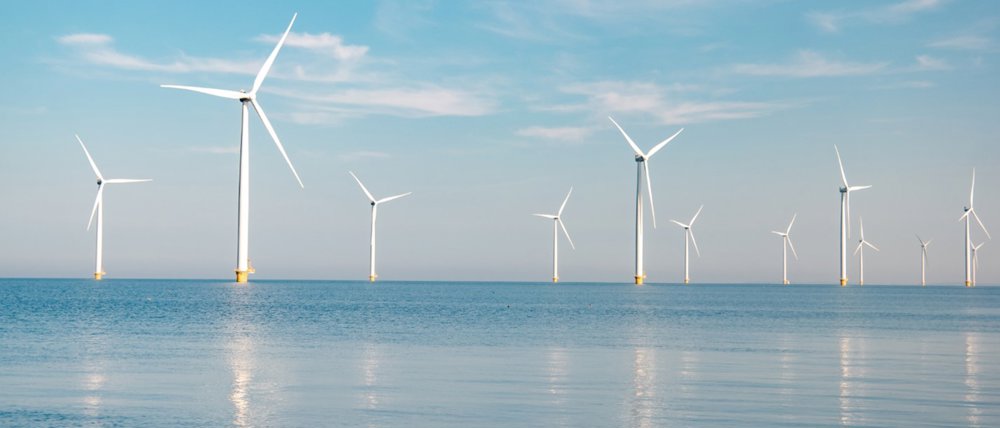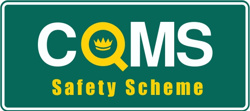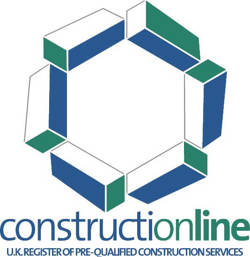Renewable energy is a hot topic and comes in many shapes and forms spanning a wide variety of technologies and applications. When mentioning renewable energy, noise and vibration issues are not normally what springs to mind and it is often forgotten or has a low priority in the whole planning and design process. This may create problems further down the line; problems that will have not only design implications but also significant cost implications for the developer. It is therefore important to take noise and vibration issues seriously and evaluate them properly as part of a feasibility study as early on as possible.
Do Wind Turbines Make Noise?
Most people are familiar with windfarms as these have been around for decades and have always created varying degrees of controversy when it comes to noise.
Both onshore and offshore windfarms bring their own individual sets of challenges when it comes to noise and vibration. Assessing the potential for issues and collaborating with the design teams on how to mitigate the issues is key to delivering a complete project.
Do Solar Farms Make Noise?
There are many other types of renewable energy, such as solar farms, which would not immediately be associated with noise issues and noise nuisance. It is the common perception that solar farms do not make any noise and therefore, they are not considered a problem from a noise perspective.
Certainly, the solar panels themselves do not make any noise, however, there are other plant and equipment associated with the operation of a solar farm that certainly do create noise that potentially could become an issue if not dealt with correctly and at an early state in the planning and design stage.
Battery Storage Facilities
Associated with solar farms or used as stand-alone facilities are battery storage facilities. Again, while these are not normally perceived or rather recognised as being noisy, this type of energy facilities creates a specific set of challenges when it comes to noise, often due to their size and proximity to noise sensitive receptors.
The potential constraints due to noise can be and should be assessed as part of a feasibility assessment at an early stage in anticipation of these challenges. If done properly, appropriate design considerations and costs can be incorporated when delivering the project.
Another type of renewable energy is hydropower plants, which again has its own unique noise and vibration challenges. Not only does the plant associated with the hydro facilities create noise, but also the noise from plant interacting with the water creates noise.
Accurate Noise Assessments Ensure Compliance
The main issue for all types of renewable energy facilities is how do we correctly assess the noise and vibration?
Windfarms have their own assessment methodologies and standards, which have come under strong scrutiny over the last couple of years. Experts are questioning the validity of the existing assessment methodologies and standards against which windfarms are assessed and granted planning permission.
The noise and vibration team at Mayer Brown are closely watching this area of the industry to understand the implications for planning.
Any project or new development, whether noise-generating or noise-sensitive, will need a Noise and Vibration Assessment. You can find out a little about our assessment process from past Case Studies and contact us for your enquiry about Noise and Vibration Assessments.









